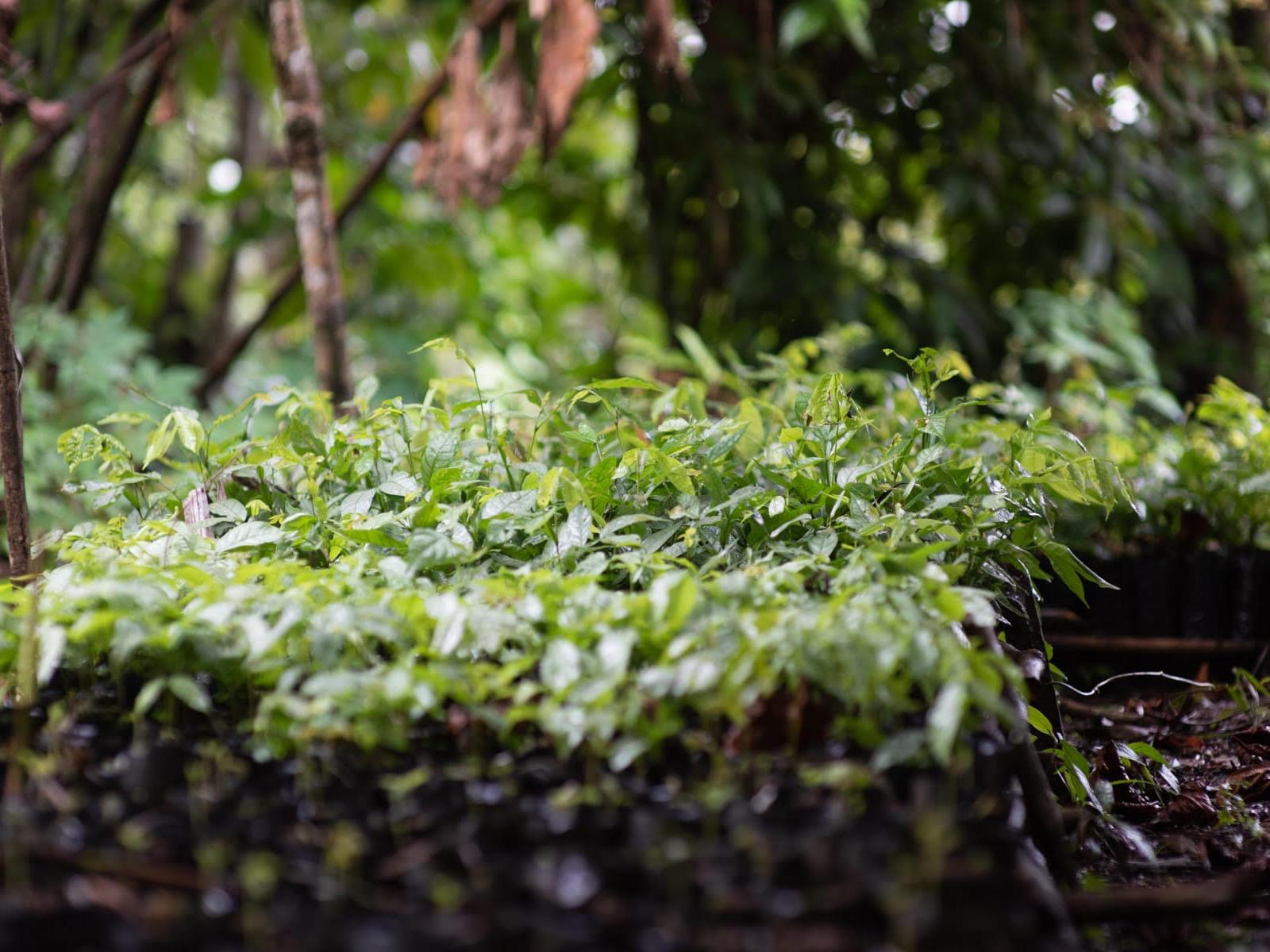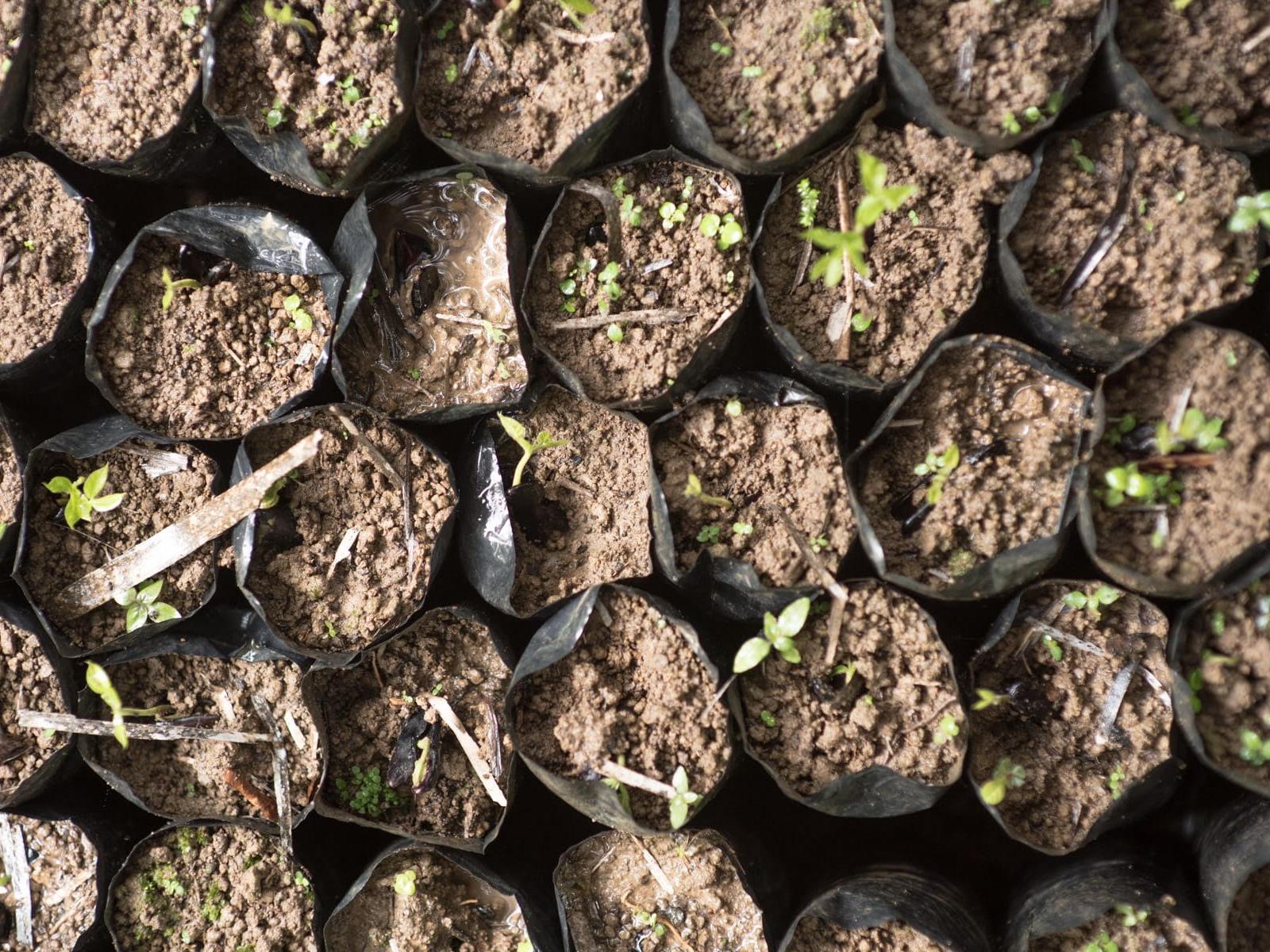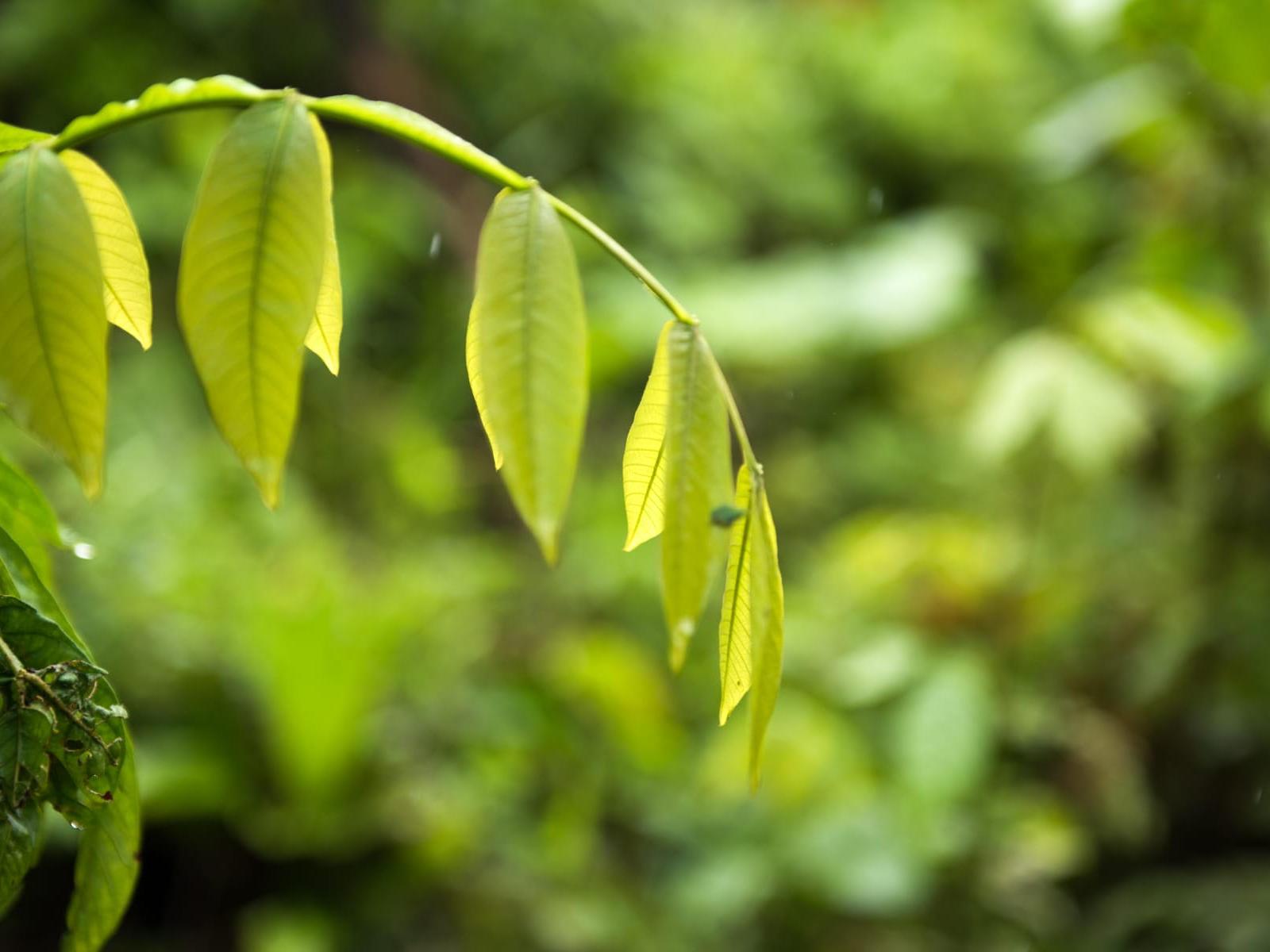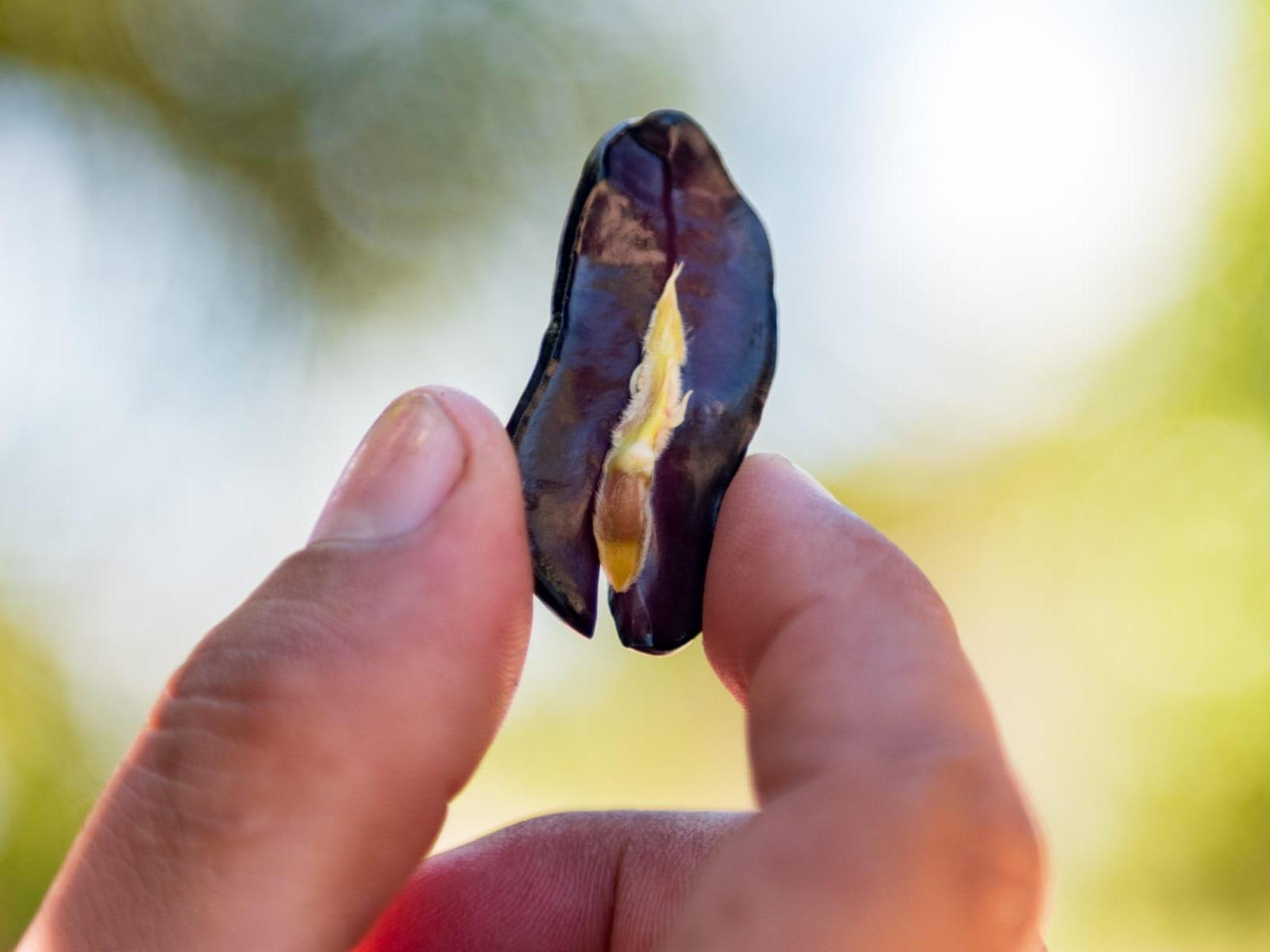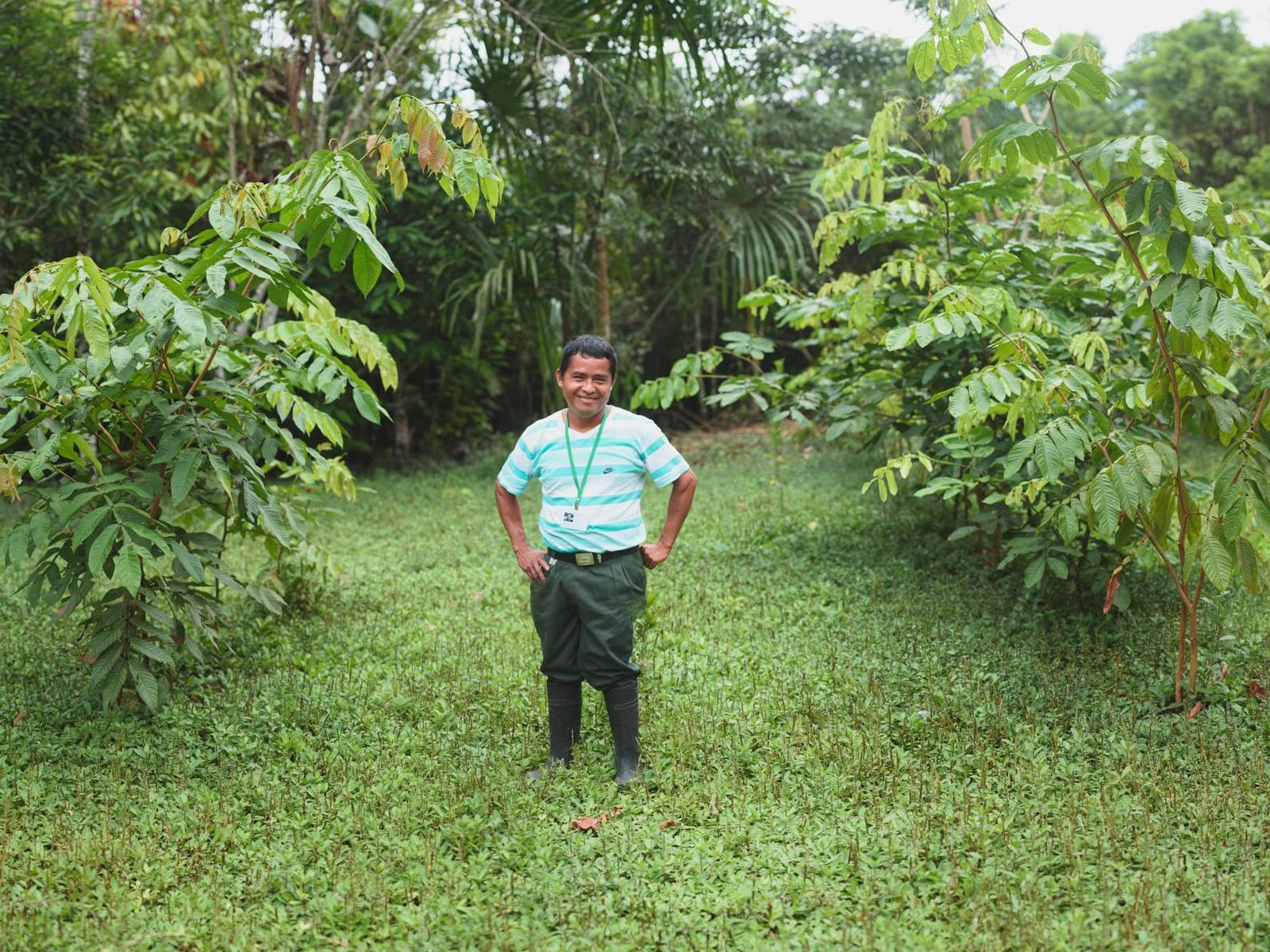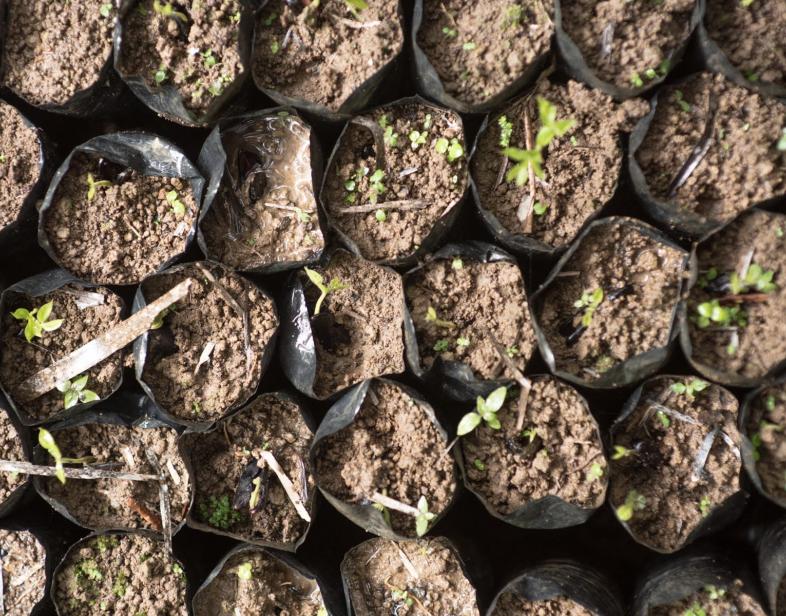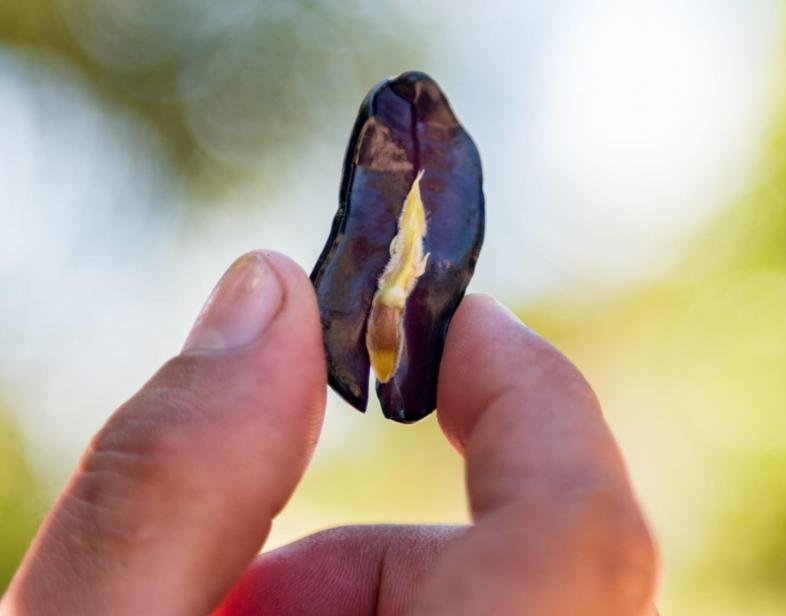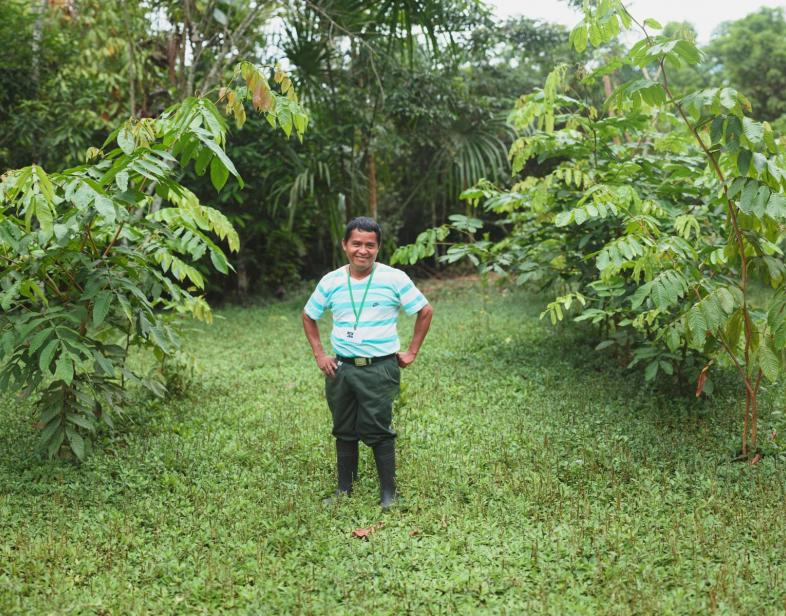An Overview Of Our Solution
Cool Earth aims to stem climate change, by improving the livelihoods of local people in tropical at-risk rainforests at the frontline of deforestation. Our mission is to halt the destruction of trees by illegal logging companies and build sustainable incomes for local forest communities so deforestation and degradation play no part in climate change. Our light-touch, grassroots model supports communities from Peru to Papua New Guinea and the Democratic Republic of Congo, who form associations managing their priorities for which they receive grants from Cool Earth. These include better crops, market access, health, sanitation, governance training and savings advice. In return they agree to keep their trees standing, respecting the multitude of biodiversity living in their forests and the importance of its natural lifecycle in mitigating climate change.
- Population Impacted: 2,213
- Continent: Africa
Context Analysis
Cool Earth supports villages across the planet’s three main tropical rainforest biomes, Amazonia, Oceania and the Congo Basin. It is here that a fifth of carbon emissions are generated and where families face the immediate consequences of climate instability, such as drought or flooding extremes caused by El Nino, wiping out crops. Poverty, the lure of short-term cash incentives from illegal loggers and poor farming methods drive unregulated tree destruction. Deforestation is now characterised by small, fragmented clearings less than 25 hectares in size, with localised unregulated slash and burn agriculture a major cause of permanent forest degradation, having an increasing impact on global emissions. Climate change and the role rainforest plays in the carbon cycle are central to Cool Earth’s mission. Since 2007 we have protected almost 1 million acres, containing 216,402,960 trees, locking in 234,436,540 tonnes CO2. To date 118 villages have sought help from us, with more waiting.
Describe the technical solution you wanted the target audience to adopt
Our Peruvian partnership in the Awajún community is pioneering plantations of Inga, a miracle plant native to South America, after a fact-finding trip to the Inga Foundation in Honduras in 2016. A ground-breaking way to stop vast areas of rainforest from being felled through slash and burn, Inga grows quickly and when planted in six-feet alleys their thick leaves form a canopy keeping the soil moist, deterring weeds. It boosts soil fertility to control shifting agriculture and create more permanent plots. It does not require any chemical input to crops, improves degraded soils, fixes nitrogen, restores phosphorus, creates optimum growing conditions and provides shade for crops plus good firewood, allowing trees to remain standing. Inga could be the key to thriving food gardens, reduced forest clearance and sustainable livelihoods built on new nutritious crop varieties. This technical innovation also enhances the communities’ agricultural productivity through improved crop yields.
Type of intervention
Describe your behavioral intervention
Slash and burn of rainforests is unsustainable, destructive and an inefficient method of deforestation and land cultivation. Small patches of trees are felled and burned to create a clear farming area. It also sends vast amounts of carbon dioxide into the atmosphere contributing to further global warming. The bare soil loses its nutrients and sustains crop growth for 3 years maximum and is then abandoned. The Awajún know this practice hinders their agricultural sustainability. All Cool Earth Community Associations decide on their own priorities; we never impose. Crop soil improvement has been earmarked by the community as essential. So, Cool Earth facilitated a trip in 2016 for two Awajún members to the Inga Foundation’s scientific project in Honduras, and again just recently we supported a further visit on internships. They learnt the many benefits of Inga and returned brimming with enthusiasm for its livelihood-changing qualities, knowing that by adopting this new technique of canopy conservation their crop yields would increase and the trees most at risk of being destroyed through slash and burn or by selling them to loggers would remain standing. The knowledge learnt and shared from Honduran colleagues has inspired Marin Orrego to become the first Awajún Inga Promoter. As its greatest advocate he is now working with families to restore degraded land and providing long-term food security.
As needed, please explain the type of intervention in more detail
Emotional Appeals: Marin Orrego, the Inga Promoter, has bought in wholeheartedly to the value of planting Inga on Awajún land. His volunteering to visit the Inga Foundation and the positive determination he has shown since returning to make a success of the pilot are exemplary. His leadership on the pilot project instills community-wide pride in their efforts and achievements.
Social Incentives: The whole community is ultimately choosing its own livelihood destiny by agreeing to participate in the Inga pilot programme. By signing up to the Cool Earth Forest Agreement it has already committed to avoided deforestation. This new farming practice can help it do that and improve its own dietary health at the same time. More varied crops growing on permanent plots bring it both food and financial security.
Describe your implementation
The loss of crucial nutrients in the soil from shifted agriculture or slash and burn can be halted with the innovation of Inga intercropping. First the Inga saplings are planted in lines, about six feet apart. Growing quickly an ‘alley’ develops, with the canopy closing over it. After pruning the small branches and leaves are scattered forming valuable mulch in the alley. This protects the soil, keeps its temperature lower, retains moisture and prevents weeds from taking over. The mulch rots down over time, acting as a natural fertilizer releasing nutrients into the ground. Larger branches pruned from the Inga can also be used for firewood. Crops are then planted, growing up through the rotted leaf mulch. The plants take up nutrients such as Phosphorus that have been returned to the soil by the mulch. Inga re-grows after pruning (also taking in spare nutrients from the soil through the Mycorrhizal fungi within its roots) and provides vital shade cover for the crops starting to grow beneath. Finally the Inga is harvested, but it continues to grow after the crops are harvested. The alley’s shaded canopy controls the weeds until the next planting season.
The sheer interest and genuine skill of the Awajún Inga Promoters in improving their own soil’s fertility and the prospect of harvesting many more crop varieties under it has ensured the success of this pilot project to date. The Promoters are advocating the long-term labour-saving benefits of Inga to the community.
By participating in the Inga intercropping pilot project, covering 4.25 hectares, 26 Awajún families are currently benefiting from the Honduran Inga Foundation trips, with more to come.
Another Cool Earth partnership, the Asháninka, also visited the Inga Foundation, but their Promoter failed to support the pilot. Cool Earth was satisfied to allow the Awajún pilot run its course first, and lessons learnt from this can now be transferred to a new and more receptive Inga Promoter in the Asháninka.
External connections
The Inga Foundation, based in the UK, is the key partner facilitating Cool Earth’s introduction of Inga to our Peruvian partnerships. Their support in welcoming and training the Awajún members was essential to progress the pilot project. Our policy has always been to keep a light touch approach to communities’ wishes on the ground. The Inga Promoters bought in wholeheartedly to the decision to reduce slash and burn techniques, which were eroding the forest’s agricultural value. They also take great pride in the biodiversity within their forest. The resultant generation of sustainable livelihoods will revolutionize local farming techniques and bring not only new varieties but better crops of squash, maize, yucca, beans, turmeric, peanuts and black pepper to the communities. Optimum growing conditions from Inga alleys enhance the financial health of the Awajún, bringing improved and new products to market.
Who adopted the desired behaviors and to what degree?
26 households are now practicing Inga intercropping plantation as a route to improved crops and more varieties. Marin Orrego, the Promoter, is planning a return trip to the Inga Foundation in Honduras, once the current pilot project has been assessed, to expand his horticultural knowledge of the plant. The first stage of adoption was to build the greenhouse, plant the Inga seeds and finally take the baby plants to the chakra (vegetable plots). The second stage and the reason for Marin's last trip to Honduras was to maintain and develop the Inga at the chacras for a year and a half before pruning and planting short-term products. Pruning should commence in December 2018, when the pilot will be evaluated with soil tests.
How did you impact natural resource use and greenhouse gas emissions?
As the pilot project concludes we hope in three years to be able to show increased uptake beyond the current beneficiaries of Inga in our Peruvian partnerships. It is a key plant in the battle to stem climate change, encouraging a move away from shifting agriculture to more permanent plots, providing increased farming yields and protection for at-risk rainforest trees.
What were some of the resulting co-benefits?
Co-benefits include long-term food security through better crop provision, improved nutrition through a more varied diet, protection for the 360 degree virtual circle of rainforest biodiversity, and sustainable agricultural practices on more permanent plots. Cool Earth’s vision is that stronger, more self-sufficient communities will lead to stronger, safer rainforest.
Sustainability
Cool Earth’s vision is a world where tropical deforestation and degradation has no role in climate change. Our work is acutely focused on supporting our partnerships in building their capacity, security and resilience, and to ensure they are able to continue their efforts independently and sustainably in the future. Grant funding is principally from Cool Earth, and once Inga has been introduced across the community they should have their own source of seeds and potentially be able to use their newly acquired Inga skillset to expand without any external input, providing there are positive results from the pilot.
Return on investment
Each trip from Peru to Honduras totals approximately US$12,000 and includes Community members (prospective Inga Promoters), Peru headquarter staff, a UK Programme Manager and camera person. Once the pilot project is assessed next year, we should be in a position to factor in the ROI.
How could we successfully replicate this solution elsewhere?
The model for Inga planting is well-documented, and providing communities understand its beneficial properties and have a good supportive Promoter who can train them how to sow, nurture and harvest Inga, this solution is eminently transferable elsewhere. The Inga Foundation, a key supporting partner in this programme, is delighted to be able to help Cool Earth’s partnerships trial new farming techniques, which transform livelihoods whilst saving the rainforest from destruction and degradation and the resultant impact on climate change. Cool Earth plans to support further exchange visits to the Inga Foundation Honduran base and possibly to co-operate on a co-branded set of resources about Inga alley planting, which could be made available to interested local NGOs.
